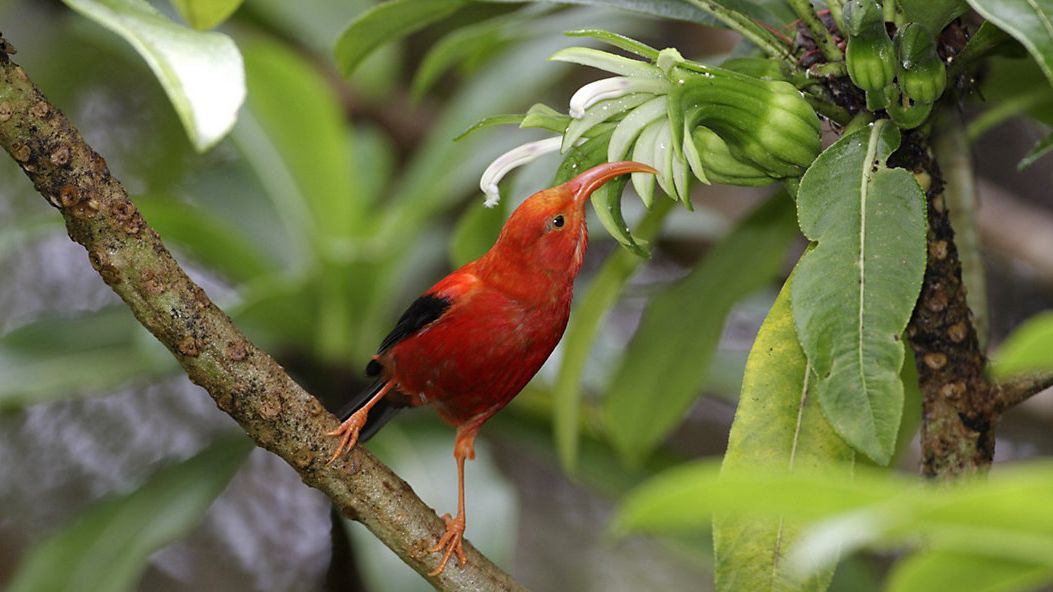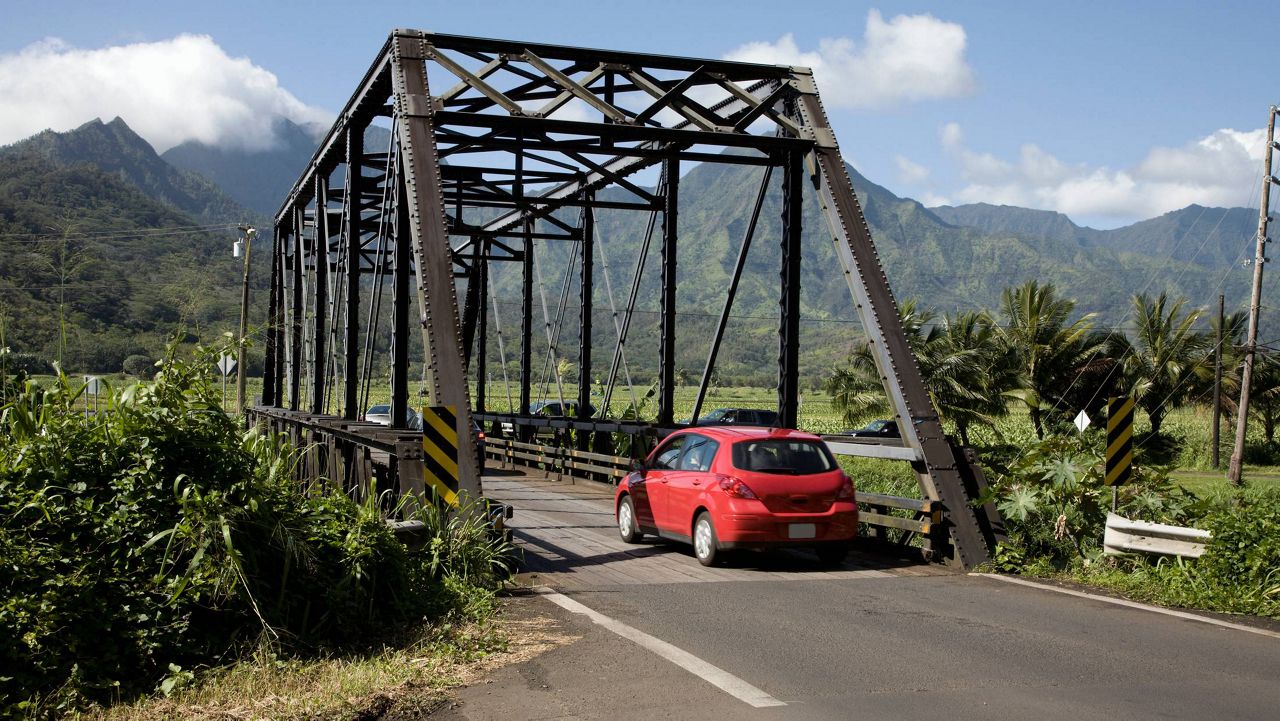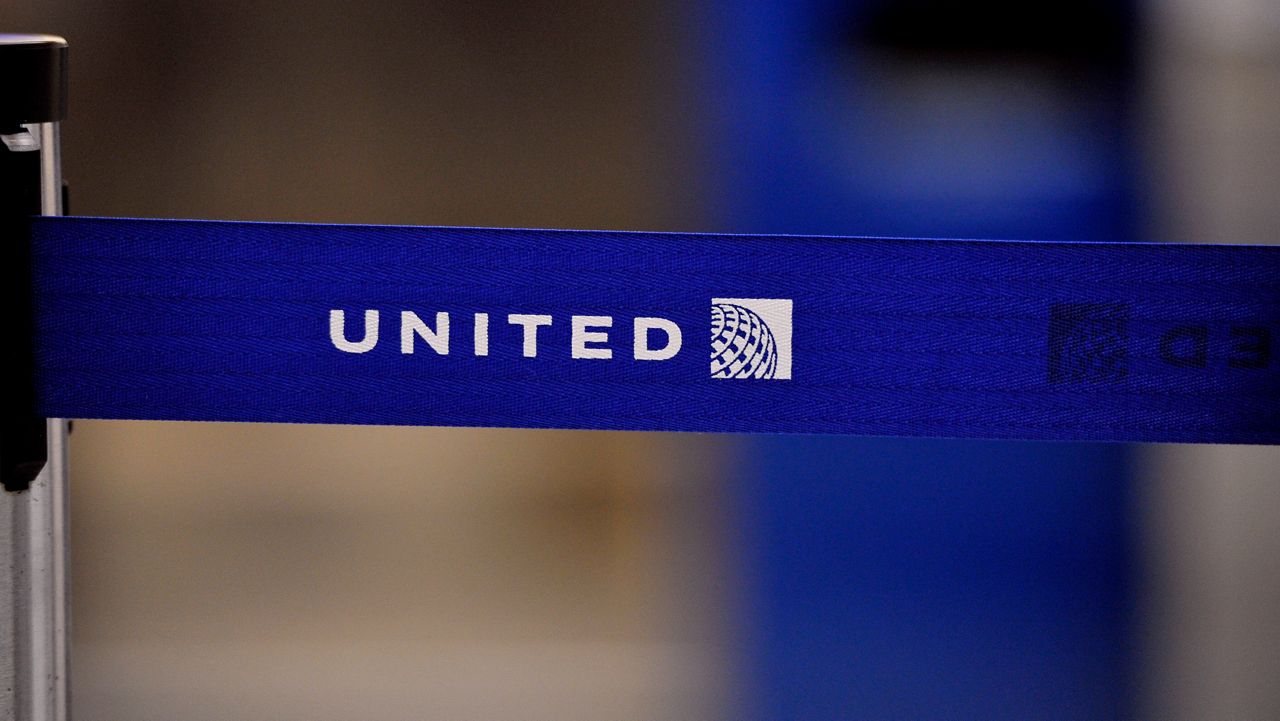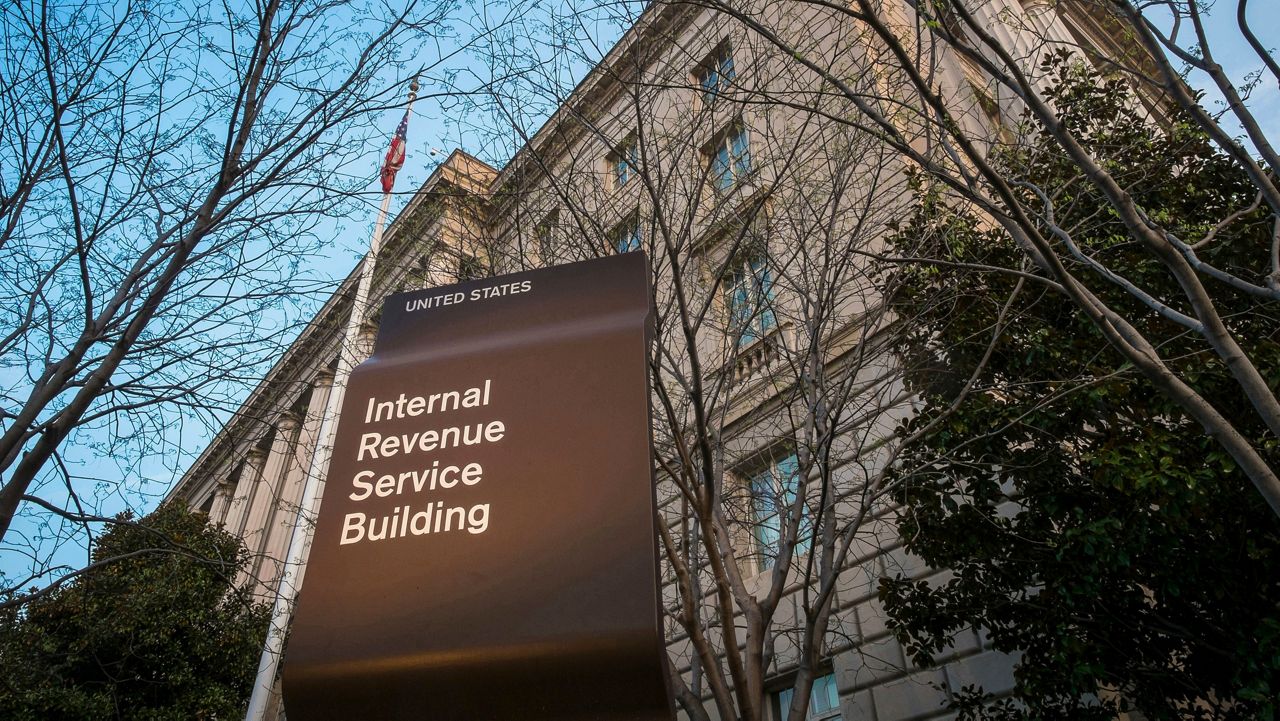The U.S. Fish and Wildlife Service has released two draft recovery plans to save endangered and threatened species in Hawaii.
The first plan is a $6.5 billion draft recovery plan to help 44 endangered species that live or lived in Maui Nui, which includes Maui, Molokai, Lanai and Kahoolawe. The second draft plan is aimed at saving 50 endangered and threatened species across Hawaii.
Recovery plans are considered “roadmaps” for the U.S. Fish and Wildlife Service to prevent plants and animals from going extinct and to support recovery, according to a press release.
The plan for the Hawaiian archipelago includes 35 plants, 13 invertebrates and two birds.
One of the bird species is the ʻiʻiwi, a scarlet-colored honeycreeper, which has a curved beak that evolved to pollinate Hawaiian lobeliads and other flowers unique to Hawaii. The other bird species is the Band-rumped storm-petrel.
The invertebrates include the Hawaiian picture-wing fly, several yellow-faced bee species, three damselfly species, and the Anchialine pool shrimp.
The Maui plan includes 40 plants, three tree snails and a yellow-faced bee that are all endangered.
The endangered plants are herbs, grasses, shrubs, trees, vines and ferns.
One of the snail species, the Newcomb’s tree snail, is found on Maui, while the other two species are found on Lanai.
The hilaris yellow-faced bee lives in coastal habitats on Maui, Lanai and Molokai.
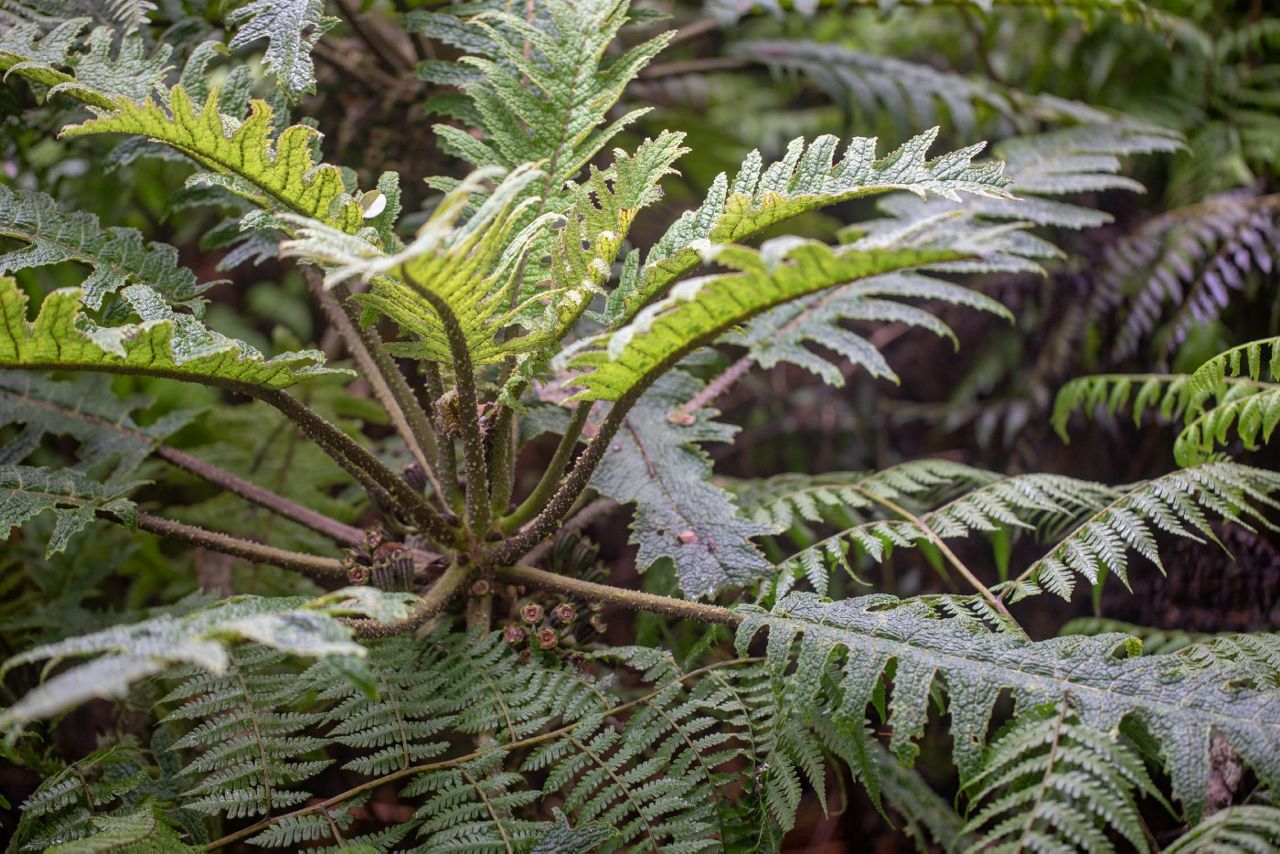
All of these species are at risk of going extinct because of habitat loss, introduced disease, fires and droughts, and invasive predators such as rats, cats and pigs. Climate change is also accelerating these threats.
ʻIʻiwi are facing problems due to avian malaria, a mosquito-borne disease. These forest birds have been surviving in higher elevation forests, but rising temperatures that come with climate change are expanding the reach of mosquitoes into these areas.
In Maui Nui, introduced ants are interfering with the yellow-faced bee by consuming large quantities of nectar — and the ants don’t pollinate the plant.
Rapid Ohia Death (ROD) is threatening the ohia lehua, which is a crucial canopy plant in forests that helps other native plants and animals thrive. ROD is associated with fungal pathogens and kills large amounts of trees on Maui. It would be detrimental if it becomes established on Lanai and Molokai.
Deer and other hooved animals are also destroying native vegetation in all the habitats where the 40 plant species exist or might reside in the future. The invasive animals trample roots and seedlings, uproot plants causing erosion, create ravines that contribute to flooding, and bring in invasive species by transporting seeds.
“Recovery plans are an important step towards the rehabilitation of a species,” said Earl Campbell, Pacific Island Fish and Wildlife Office field supervisor, in the press release. “Hawaiʻi is unique because many of the native and endemic species evolved for centuries in isolation, free from threats.”
In order to help the species, the plans call for distributing multiple, self-sustaining populations in their respective habitats on each island. The habitats they live in should be well managed and free from hooved animals, diseases, nonnative plants, fires, and other problems, according to the plan.
Additionally, about 50 individuals from each species must be kept in an off-site nursery or seed bank.
The plans estimate it will take 25 to 95 years to complete, depending on the species.
The draft plan for Maui Nui is available for public comment for 90 days and must be received before May 16, while the draft plan for the Hawaiian archipelago is also available for public comment for 90 days and must be received by April 25.
EDITOR'S NOTE: The original story has been updated with information on a second draft plan for threatened and endangered species across Hawaii.




